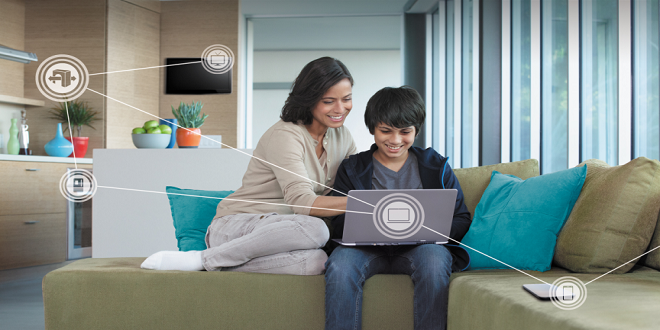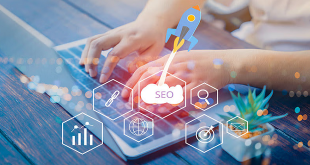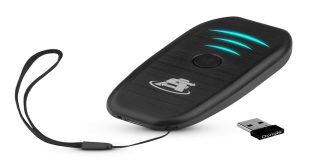Emerging applications have the potential to transform a wide range of healthcare therapies. Ingestible and injectable—smart pills and nabobs—have the potential eventually to replace many surgeries with less invasive procedures that could offer faster recovery, reduced risk of complications, and lower cost. While these technologies are still in development, if they are adopted widely in the next ten years, they have the potential to raise the economic impact of IoT in health care substantially beyond the $1.6 trillion we estimate here. Another set of human applications aimed at raising workplace productivity is also emerging. We describe these applications in the human setting, but we assign their potential economic impact to settings where they will be used, such as offices, retail environments, and factories.
Human health applications
We define health applications here as those uses of IoT technology whose primary purpose is to improve health and wellness. This does not include all health-related applications, such as Internet-connected devices used in hospitals or other medical facilities, which we cover in the analysis of factory settings. The devices used in human health fall into three categories:
- Wearables: Devices designed to be worn or carried.
- Implantable, injectable, and ingestible: Smart devices that are inserted, injected, or swallowed.
- Non-wearable measurement devices: Devices that gather and transmit health data from the human body periodically but are not attached continuously, such as Bluetooth
- Enabled pulse ox meters or Wi-Fi-enabled scales.
Potential economic impact
Overall, we estimate that the use of IoT technologies in human health applications could have an economic impact of $171 billion to $1.6 trillion globally in 2025. The largest source of impact would be in treating patients with chronic diseases, which could be worth nearly $1.1 trillion per year globally (Exhibit 8). This is based on two sources of value—cost savings in treatment and the value of longer lives and improved quality of life that patients with chronic conditions could enjoy if IoT monitoring helps them avoid disease complications.
Monitoring and treating illness
Using IoT technology for more continuous and consistent monitoring of patients with chronic diseases can help patients avoid medical crises, hospitalizations, and complications. Monitoring with conventional tools has fewer benefits for four reasons: 1) they provide only episodic readings (when blood is drawn, for example); 2) tracking must be done in high-cost settings such as hospitals, which leads to treatment avoidance; 3) patients often fail to adhere to prescribed treatment; and 4) a limited ability to identify problems in a timely manner before they develop into costly or even fatal conditions. Even in advanced economies with electronic health records, physicians only have the patient information that they can gather in office visits, from tests, or, in the case of some chronic conditions, from self-reporting by patients.
How IoT monitoring could help a patient with chronic heart failure avoid complications
Today: Imagine a patient who lives in the United Kingdom. He is middle-aged and slightly overweight, and he suffers from chronic heart failure, as well as high blood pressure and type 2 diabetes. He is being treated with a diuretic, ACE inhibitor, and beta-blocker. He also tries to follow his doctor’s diet and exercise recommendations, and his family tries to support his efforts. Over the holidays, he relaxes his restrictions during family meals and social gatherings. He feels a little more bloated but doesn’t think much of it. Several weeks before his next scheduled checkup, he collapses with acute chronic heart failure exacerbation.
Calculating the economic value of IoT patient health benefits
We calculate the economic impact of IoT applications on patient health in terms of improvements in quality of life. The metric we use is the decrease in losses of disability-adjusted life years (DALYs) due to the use of IoT monitoring (see Box 5, “Estimating QALYs”). DALYs estimate the burden of disease by accounting for years of life lost as well as patients’ decreased quality of life. We first estimated a rate for potential reduction in the burden of disease enabled by IoT and then extrapolated patient populations in 2025 and estimated the percentage of patients who might use IoT systems, both in developing and advanced economies. For example, based on expert interviews, we assume that IoT monitoring can reduce the DALY burden associated with being a diabetic by 10 to 20 percent.
Lastly Comment
Adoption rates for IoT-based monitoring may be higher in advanced economies, but the percentage reduction in the burden of disease could be higher in developing economies, where the baseline health outcomes are generally worse. While DALY and QALY estimate potentially undervalue human life, especially in developing economies, they provide a conservative estimate of the non-financial health benefits of these technologies.
 Isaiminia World Breaking News & Top Stories
Isaiminia World Breaking News & Top Stories




